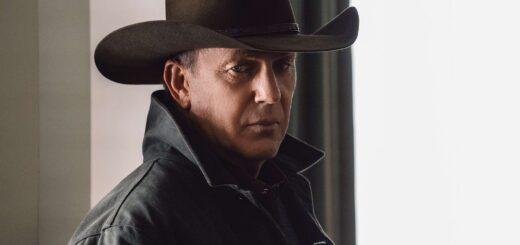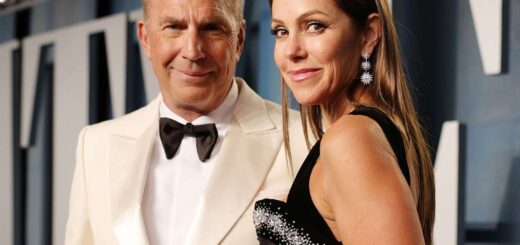“Kevin Costner’s Horizon Premiere Tears: The Mystery Behind Cannes’ Extended Standing Ovations”
The Cannes Tradition: Why Do Standing Ovations Last So Long?
Along with the glamorous red carpet, sunburned film critics, and chilled rosé, one of the most recognizable features of the Cannes Film Festival is its famously lengthy standing ovations.
During the premiere of his latest Western, Horizon: An American Saga, Kevin Costner was visibly moved by the seven-minute ovation, a testament to his deep investment in the project as its star, director, co-writer, producer, and financier. Yet, one can’t help but wonder if he was also feeling a bit fatigued. After all, maintaining enthusiasm for seven straight minutes of applause can be exhausting!
These extended ovations have become a defining aspect of Cannes, alongside beach bar parties and queues of sunburned critics. In 2021, Adam Driver famously lit a cigarette during a five-minute ovation for Annette to pass the time. This year, the applause for David Cronenberg’s The Shrouds was described as “subdued” yet still lasted over three minutes.
Interestingly, there seems to be a tenuous link between the ovation’s length and the perceived quality of the films. While standing ovations occur at other festivals, they don’t carry the same weight as they do in Cannes. The premieres, held in the Grand Théâtre Lumière with its 2,000-seat capacity, add to the grandeur. Once the credits roll, a cameraperson captures close-ups of the cast and crew, encouraging the audience to keep clapping—sometimes resulting in awkward expressions that become meme fodder on social media. As Andrea Arnold remarked after Bird’s ovation, “Thank you, this is lovely, but I really want to go and party right now.”
The record for the longest ovation is held by Guillermo del Toro’s Pan’s Labyrinth, which received a staggering 22 minutes in 2006, followed by Michael Moore’s Fahrenheit 9/11 at 20 minutes in 2004. Both films were critical successes, making their ovation lengths notable in reviews and promotional materials. Yet, there are outliers; for instance, The Paperboy earned a 15-minute ovation in 2012 but became one of that year’s biggest flops.
The lengths of these ovations can often be exaggerated. A report mentioned that E.T. The Extra-Terrestrial’s 1982 standing ovation was initially recorded at six-and-a-half minutes but later inflated to 20 minutes. In today’s social media age, one might expect these numbers to be more accurate, yet Costner’s seven-minute ovation has been reported as lasting anywhere from 10 to 11 minutes.
Charles McDonald, a Cannes veteran and respected film publicist, views the tradition as “a fun diversion that means very little in reality.” While he appreciates a warm response, he emphasizes that press screenings are crucial for a film’s reception.
So why do audiences at Cannes keep clapping for so long? My theory is that the applause isn’t solely for the film or the filmmakers present; it’s a celebration of the entire experience. The rare communal joy of watching a brand-new film in a packed cinema creates a unique atmosphere. It’s a special occasion to don your finest attire and participate in an exclusive event that draws media attention, allowing you to applaud the creators in real time.
While theater-goers can express their appreciation with standing ovations more frequently, Cannes offers a singular opportunity to celebrate filmmakers and cinema on an extraordinary scale. With such a rare experience, it’s no surprise that audiences extend their applause as long as they can—whether Adam Driver finds it amusing or not.


